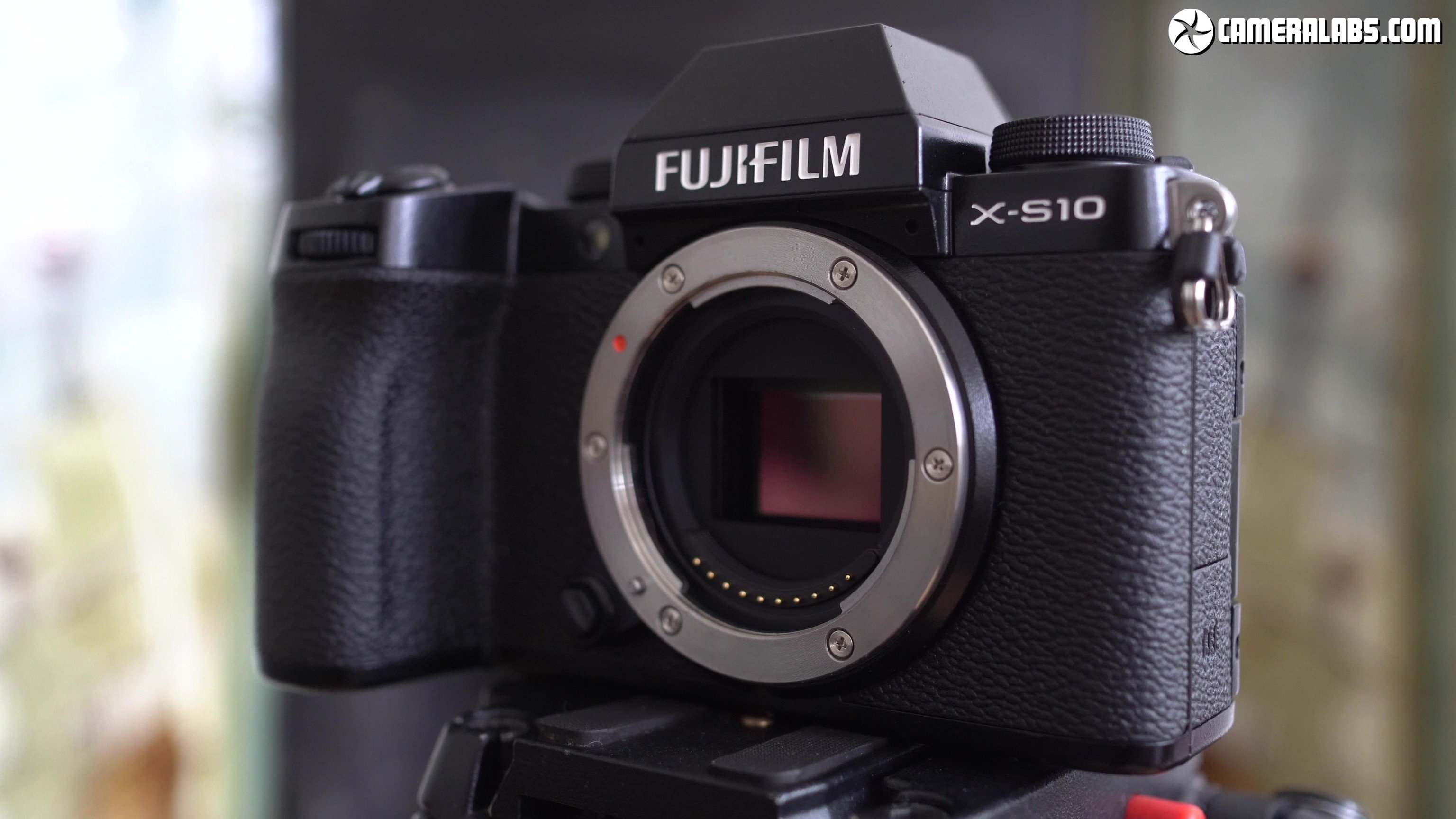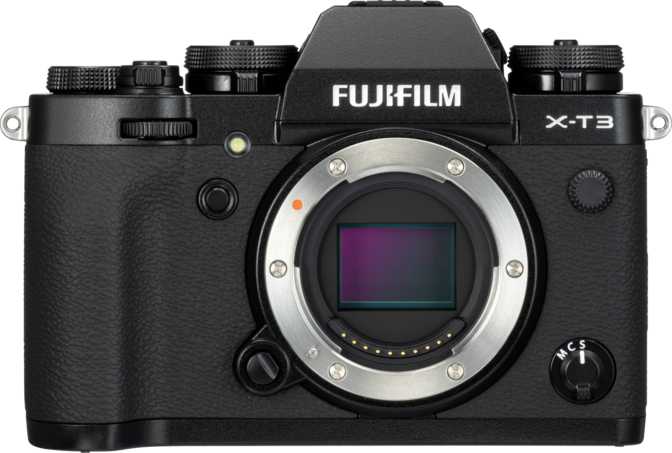
It should be noted, however, that the X-S10 was released much more recently than the X-T3, and its sensor will have benefited from technical advancements that have occurred since then. Returning to the subject of sensor resolution, it should be noted that none of the two cameras has an anti-alias filter fitted, allowing them to catch all of the information that the sensor is capable of capturing. In addition to a command dial on the front, the new X-S10 is equipped with three dials on the top. When operating in Auto mode, they may be used to regulate the exposure settings or even other options such as the film simulation mode, which might be useful.
Unless IBIS is a must-have (which it isn’t for me since I don’t shoot video and if I need stabilisation I’ll get an OIS lens), I’d always recommend the x-t3 above any other camera. Additionally, it is more compact and lighter than an x-t4, and it has a superior screen for photography. As a last note, most manufacturers significantly lower the build quality of their second-tier models, however this is not the case with Fuji.

Arguments in Support of the Fujifilm X Series

One distinction between the two cameras is the presence or absence of an on-board flash on the camera body. While the X-built-in S10’s flash is not very bright, it may be helpful as a fill-in light in some situations. One last point to mention is that when transitioning from a photography mode to a movie mode, the X-T4 and X-S10 both have their own menu system. In addition, the Q menu, My Menu, and function buttons may Fujifilm X T3 and Fujifilm X S10 be customized individually for stills and video capture. The four cameras all utilize the same sensor and have the same amount of phase detection points, which may range from 117 and 425 depending on the settings.
Aspects of other camera comparisons

I played about with it and tried it out, and I didn’t like for it in the least. However, the X-T3s are so good that, if I can avoid it, I will only use the X-H1 when I need IBIS on my 90mm F2 and when I don’t need IBIS on my 90mm F2. They are just beautiful – the right blend of compact form and incredible capabilities (due to firmware 4.1) – in other words, Fuji has finally created a camera that is future-proof. With that totally worthless back screen, I won’t be purchasing the new X-H2, and I wouldn’t even consider purchasing the X-T4. You may also utilize a variety of film formulas to create simulations that are extremely similar to the more recent ones.

Before getting into the details of the full comparison, here’s a quick rundown of how the Fujifilm X-S10 compares to the Fujifilm X-T3 in terms of mobility, imaging, features, and overall rating. It is capable of shooting still images in a lossless compressed raw format, which is also supported. This offers all of the benefits of shooting in raw format while using far less disk space than shooting in raw. Slow-motion is an artistic video effect that gives the impression that time is moving more slowly.
A quicker maximum shutter speed helps you to capture images of fast-moving subjects without the images becoming blurry. When you use autofocus tracking, after you have chosen your subject and pressed the shutter release halfway down, the autofocus will follow your subject as it moves. It’s true that an IBIS would have been good, but the bigger viewfinder is a joy to use anyway. I purchased a grip for the XT3, which I subsequently practically never used, and I sometimes placed some heavy glass on top of it. The X-T3 is much better than the XS10 in every manner except for the fact that it does not have IBIS.
It is possible to charge the battery packs of both cameras using a USB cable, which may be quite useful while traveling. Unauthorized use and/or reproduction of this content is strictly forbidden without the explicit and written consent of the blog’s author and/or owner, who can be reached at [email protected]. The X-T30, X-T30 II, and X-S10 can shoot at up to 8 frames per second with the mechanical shutter, however the X-T4 can shoot at up to 15 frames per second.

Because the Fujifilm X-S10 and the Fujifilm X-T3 have the identical sensor sizes, they will give the same amount of control over depth of field when utilized with the same focal length and aperture settings as one another. The weather-sealed body of the X-T3 allows you to shoot with more confidence in environments where there is a danger of exposure to water and dust as compared to the X-S10. The following is a comparison of the rear view sizes of the Fujifilm X-S10 and the Fujifilm X-T3.
The PASM dial, the EVF, and the rear LCD panel (XT3 articulating screen vs. XS10 flip-out LCD screen) are the other major changes between the XT3 and the XS10, in addition to the inclusion of IBIS. Another consideration is weight, which is particularly significant when choosing a camera that you will be carrying about with you all day. Our research indicates that the Fujifilm X-S10 is 74g lighter than the Fujifilm X-T3, but that the difference is not substantial.
No responses yet